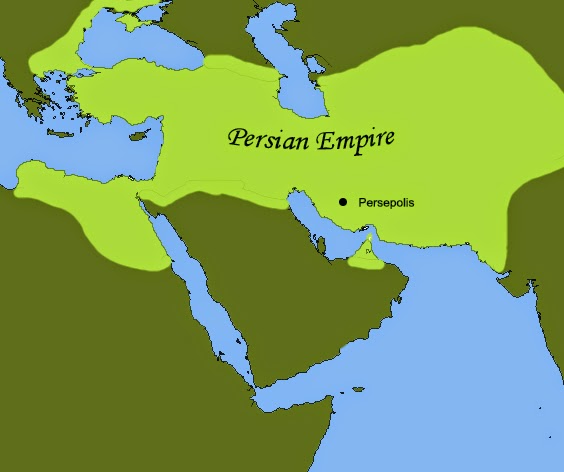 |
From 550 BCE to 330 BCE, the Persian Empire under the Achaemenid Dynasty conquered lands from the three continents of the world – Asia, Africa, and Europe. Its lands stretched from India to Persia, and Mesopotamia then towards Egypt and to Anatolia and across the Bosporus Strait. Administering such massive empire took great energy. One way to simplify local administration was the establishing of satraps. But another more conventional way was building roads.
Roads were connection. It served as the veins that kept the empire together. It allowed easy passage of goods as well as armies to various locations inside the empire. Also, it allowed news and information to spread quickly as well as for the authorities to know situations instantly. Because roads prevented navigational problems as well as trekking and terrain problems of messengers. Hence, the Persians created such system for their benefit.
In the Persian Empire, roads catered several routes. The Royal Road was one of the longest and well-known. It ran from Sardis to the capital in Susa according to the Greek historian Herodotus. There were also roads that connect Susa to Persepolis and also Susa to Arbela. There was also a road that ran across the Hyrcania as well as in Pasaragadae.
The roads however were not paved by stones. They were actually dirt roads. And because of this, Persian roads were difficult to be used during rainy seasons. But they were marked and maintained by local satraps. But in cases of war, a unit known as the hodopoioi were tasked to keep the roads.
The Persian roads catered many users. From military, to civilians, to merchants, all used roads for easy and faster travel. Army units used the roads for rapid deployment to their target locations. Civilians used it for their personal journey. Merchants used it to carry goods quickly from one place to another. The Persians roads were also capable of handling chariots, both military and civilian use. Chariot carriages known as harmamaxa traversed the roads.
Some strategic roads had pit stops. The Royal Road for example had 111 pit stops along the route for messengers to switch horses in case of urgent messages. It also served as lodgings for merchants to take rest and resupply or sell their goods. There were also bridges that had forts to guard it from harms way. Bridges like those in the Tigris and Euphrates and the Hlys River were guarded heavily by soldiers.
Roads of Persia kept the Achaemenid Empire for more than two centuries. And even its fall, the roads help the succeeding empire. During the time of the death of the Great Macedonia King Alexander, men call the technitai were tasked to fixed the roads along the route of the funeral procession of the formidable general. The roads were kept and used by the Empire following the death of Alexander the Great.
The roads of the Persian Empire helped to keep one of the greatest empire in the world. It was also an engineering feet. One of the first Empires that used such a system to govern its people easier. It was the roads that made Persia great.
See Also:
Roads in History: Incas
Roads in History: Roman Empire
Royal Road
Bibliography:
Briant, Pierre. From Cyrus to Alexander: A History of the Persian Empire. United Kingdom: Eisenbrauns, 2002.
Waters, Matt. Ancient Persia: A Concise History of the Achaemenid Empire, 550-330 BCE. New York: Cambridge University Press, 2014.


.JPG)

.jpg)
How do we know so much about it lmao
ReplyDeleteThis comment has been removed by a blog administrator.
ReplyDelete